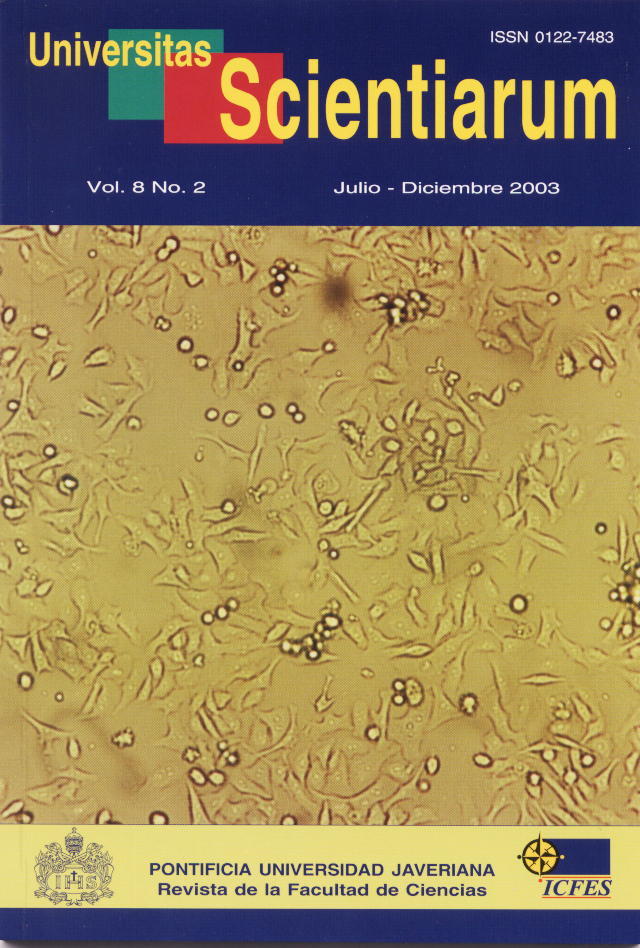Abstract
A method for the removal of trace amounts of mercury (II) using aluminium hydroxide as the collector. Dithizone in carbon tetrachloride was used for the extraction of mercury. The amount of Hg (II) wasvaried from 40 mg to 100 mg. The sample volume was varied until 50ml and the level of extraction of mercury was recorded. It was found that the recovery was satisfactory until a sample volume of 25 ml,beyond which the recovery gradually decreased. The effect of interfering ions was studied at different concentrations of mercury and was found to be minimum.Univ. Sci. is registered under a Creative Commons Attribution 4.0 International Public License. Thus, this work may be reproduced, distributed, and publicly shared in digital format, as long as the names of the authors and Pontificia Universidad Javeriana are acknowledged. Others are allowed to quote, adapt, transform, auto-archive, republish, and create based on this material, for any purpose (even commercial ones), provided the authorship is duly acknowledged, a link to the original work is provided, and it is specified if changes have been made. Pontificia Universidad Javeriana does not hold the rights of published works and the authors are solely responsible for the contents of their works; they keep the moral, intellectual, privacy, and publicity rights. Approving the intervention of the work (review, copy-editing, translation, layout) and the following outreach, are granted through an use license and not through an assignment of rights. This means the journal and Pontificia Universidad Javeriana cannot be held responsible for any ethical malpractice by the authors. As a consequence of the protection granted by the use license, the journal is not required to publish recantations or modify information already published, unless the errata stems from the editorial management process. Publishing contents in this journal does not generate royalties for contributors.



